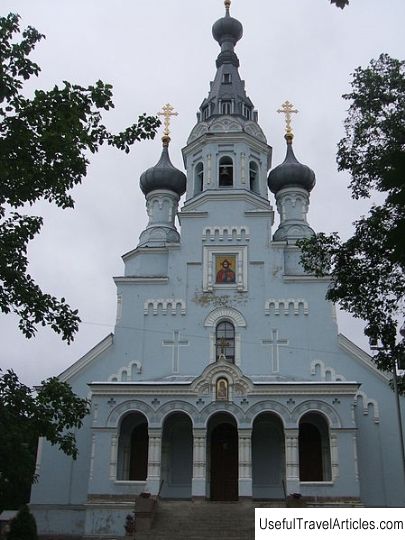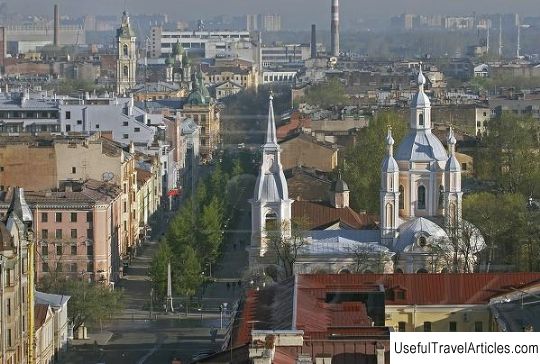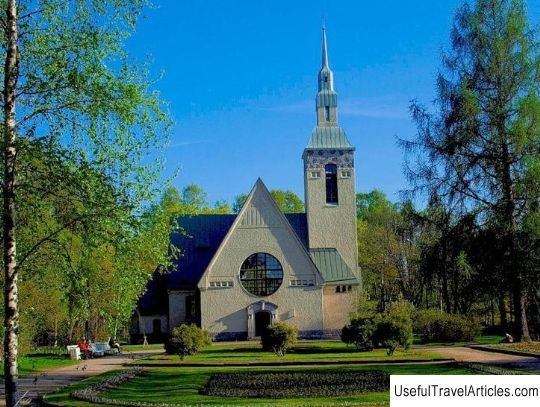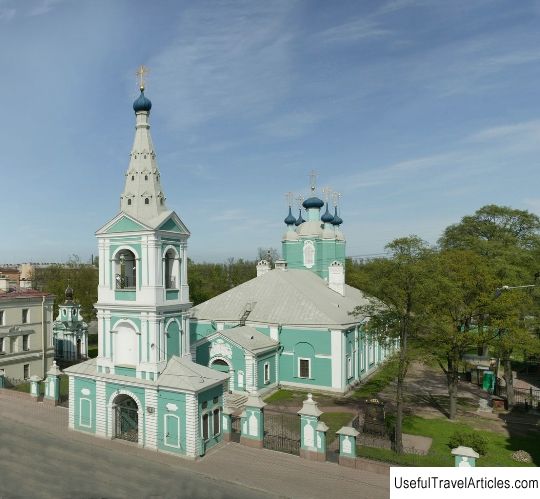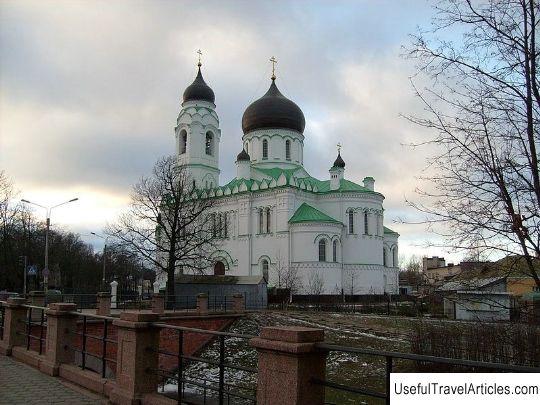Vladimirsky Cathedral description and photos - Russia - St. Petersburg: St. Petersburg
Rating: 8,6/10 (800 votes) 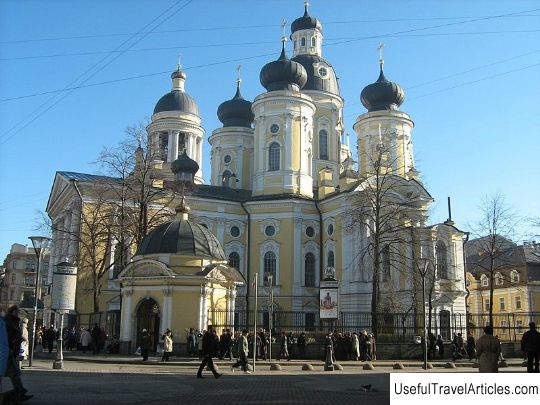
Vladimirsky Cathedral description and photos - Russia - St. Petersburg: St. Petersburg. Detailed information about the attraction. Description, photos and a map showing the nearest significant objects. Photo and descriptionThe territory where the Vladimirskaya church is now located was formerly called the Court Sloboda. Baron Ivan Antonovich Cherkasov initiated the construction of the temple. The construction of the church began in 1745. Initially, a wooden church was rebuilt, and already at the end of the summer of 1761, the stone church was laid. It is believed that the architect of the stone church was Pietro Trezzini. In 1763, they brought the main icon of the future church - the Vladimir Mother of God. The interior decoration of the church amazed with its splendor in the first years after its construction. A gilded three-tiered iconostasis with rich carvings, profiled cornices divided the tiers. Previously, there were thirty icons in the iconostasis, today there are twenty-four. The gorgeous gilded carving is largely preserved. The icons of the upper tiers of the iconostasis are in good condition. It is no coincidence that the images of the iconostasis were placed. Here were the images of the heavenly patrons of Empress Elizabeth Petrovna, because it was in her reign that the dispensation of the temple was born. The icons were painted by famous painters at that time: A.P. Antropov, I. Ya. Vishnyakov, I.I. Velsky. The walls of the temple were decorated with paintings on religious themes. A large number of values were found among the items of church utensils. In the 19th century, or rather at the beginning, an ark was donated to the temple, in which there were particles of the relics of one hundred and fifty saints. In the middle of the 19th century, the temple was expanded, side chapels were added. In 1783, a three-tiered bell tower was erected, the building was designed by the architect J. Quarenghi. Much later, in the 19th century, it was decided to rebuild the bell tower, due to the fact that it was lower than the temple. The architect F. Ruska added a tier to the bell tower in 1848. He also erected two chapels and a stone fence at the temple. The proportions of the Vladimir Church are very harmonious and pleasing to the eye. The church is four-foot, five-domed, has two floors, three vestibules and an apse. In the plan, the building has the shape of a square with cut corners. The refectory and the vestibule with stairs that lead to the second floor adjoin the main volume from the west. High drums complete onion domes, a bell-shaped dome crowns the central drum, and an elegant dome above the dome. Round and semicircular windows are cut into the drums; not very large domes are placed above the altar and refectory. The result is a true architectural symphony. The exterior of the church is made in the style of an elegant and magnificent baroque. The facades are decorated with Corinthian columns, window openings are decorated with decorative platbands. There are also stone chapels in the Baroque style. The construction of the first floor, together with the vestibules, was completed eight years later. In 1768, the middle throne was consecrated in the name of the Monk John of Damascus. A year later, the side thrones were also consecrated. Before the revolution, the church housed a charitable society, a women's almshouse and a shelter. In 1922, church values were confiscated. A small part of the vestments and icons were donated to the Hermitage and the Russian Museum. The temple was closed in 1930, the temple premises were designated for the book funds of the State Public Library, and then for the construction trust. In wartime, the temple survived, and at the end of the war, it was again transferred to the book storage of books of the Library of the Academy of Sciences, and in 1947 - to knitwear production. In 1989, the cathedral was returned to the Leningrad diocese. Since the end of the 20th century, restoration work has been carried out. The Savior Not Made by Hands icon and the icon of the Vladimir Icon of the Mother of God are the main shrines of the church.        We also recommend reading Amphitheater description and photos - Turkey: Bodrum Topic: Vladimirsky Cathedral description and photos - Russia - St. Petersburg: St. Petersburg. |
